Second half of the 18th Century.
Ormolu, sea green marble pedestal, modern base and plinth.
H. 8,6" (bust 3,1").
This statuette is crowned by an ormolu depiction of Apollo Phoibos. The marble original was found in Rome in the early 16th century. The pope Jules II then decided it be on display in the middle of the eight-sided yard of the villa Belvedere, now Museo Pio Clementino, where the statue remains today.
This statue, a Roman copy of a lost Greek original, was by far the most famous piece of ancient art in the late 18th century, along with the Laocoön. Johann Joachim Winckelmann, the most influential art historian of his time, deemed it the unmatched example of ancient beauty.
Of all the ancient statues which survived both the fury of Barbarians and the destructive hand of Time, that of the Apollo’s statue is undoubtedly the most sublime. The artist, it seems, has purely composed a ideal shape, and used but the necessary materials he needed to represent and give birth to his idea.
To the artists time who followed him, and wished to compete with the glory of ancient art, he bade them take the Apollo Belvedere as a model. Winckelmann was admired by Benjamin West or Raphael Anton Mengs and followed by Jacques-Louis David, Antonio Canova and Gœthe. Reproductions of the Apollo Belvedere, therefore, were many : from the early moments of the revival of ancient taste in the second half of the 18th century until the last years of the Empire style.
Although it is a product of the same taste, many characteristics of this gilt bronze Apollo indicate it was cast and polished earlier in the century, around the 1760s : the quality of its dorage au mercure, the treatment of his hair, the drapery, and the expression of the god. Originally designed to rest on a small pedestal, it was later enhanced with a small column in marble vert de mer.




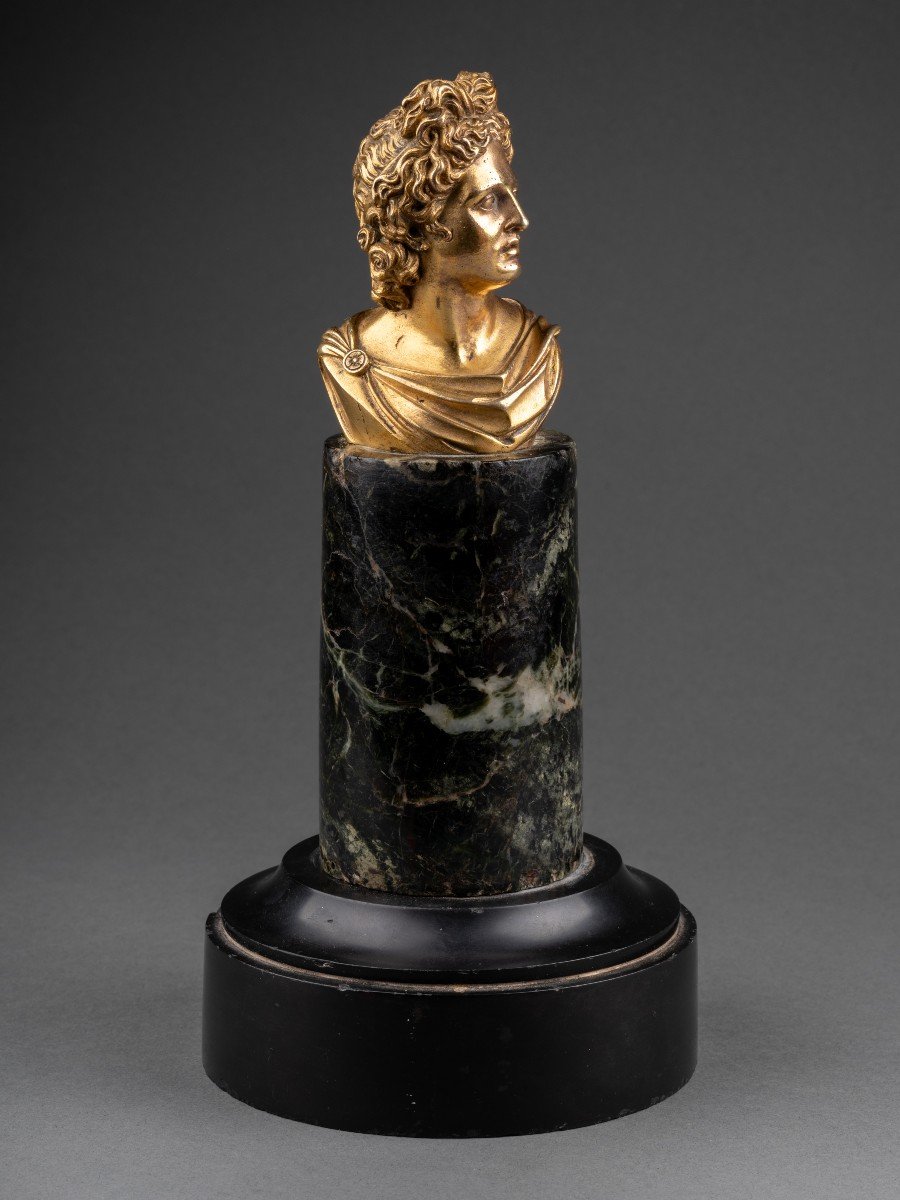









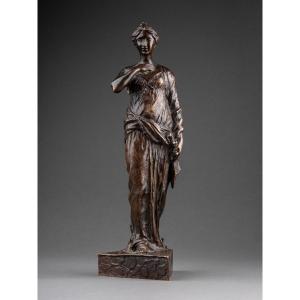



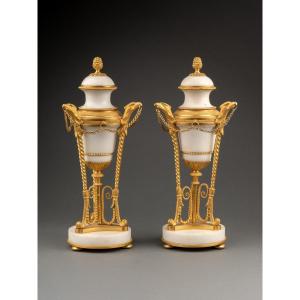


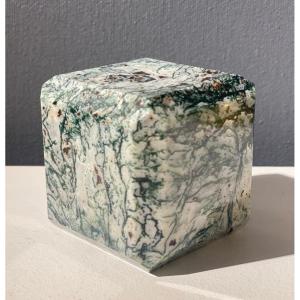


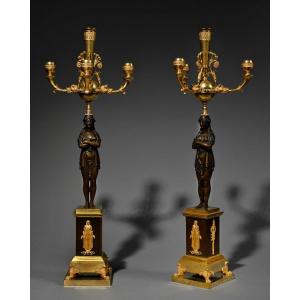







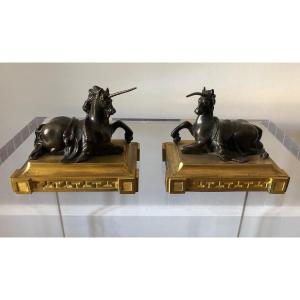



 Le Magazine de PROANTIC
Le Magazine de PROANTIC TRÉSORS Magazine
TRÉSORS Magazine Rivista Artiquariato
Rivista Artiquariato